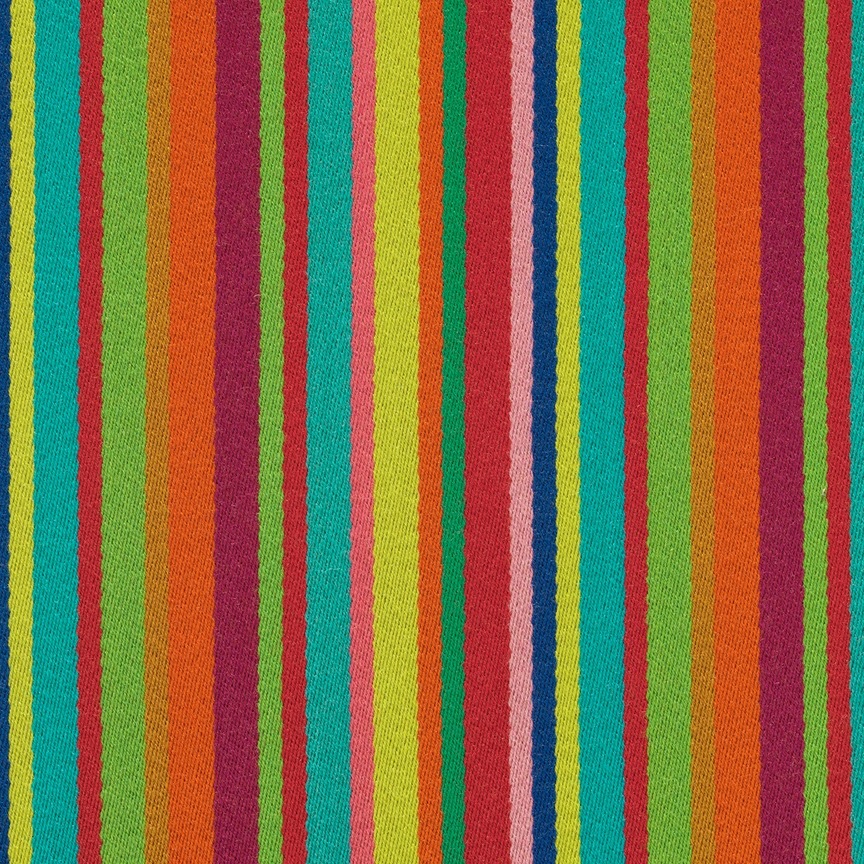In recent years, the world has seen a growing focus on sustainable practices across industries, and the textile industry is no exception. The process of dying textiles is one of the most polluting processes in the world, due to the use of chemical dyes that can harm the environment and human health. However, with advances in technology and growing awareness, sustainable textile dying processes are becoming more popular, and companies like Lightbest are leading the way towards a better future.

The traditional method of textile dying involves using chemical dyes that are harmful to the environment and can even pose a risk to human health. These dyes are often used until the color is no longer consistent, at which point the liquid chemical dye is thrown away. This practice can lead to water pollution and can harm aquatic life, and it contributes to the growing problem of textile waste. Furthermore, it has been discovered that some of the chemicals used in textile dying can be carcinogenic or disrupt human hormone function, highlighting the need for safer, more sustainable solutions.
To overcome these challenges, a growing number of textile companies are exploring new, sustainable dying processes. One such process involves using natural dyes derived from plants, vegetables, fruits or insects, which do not pose a risk to human health or the environment. Additionally, some companies are exploring new technology, such as UV light sterilization, which can be used to sterilize water and eliminate the need for harmful chemicals in textile dying.
One company leading the charge in sustainable textile processes is Lightbest. Specializing in UV germicidal lamps, UV water sterilizers, electronic ballasts, quartz glass tubes, submersible UV lamps, and lamp sockets, Lightbest has been working for years to innovate and improve the textile industry. The company's products are designed to offer a more sustainable, eco-friendly, and safe approach to textile dying.
Lightbest's UV sterilization systems, for example, use high-frequency light waves to kill bacteria and viruses, without relying on harsh chemicals. The systems are designed to be energy-efficient, reliable, and easy to use, allowing textile companies to reduce their environmental footprint and improve the safety and quality of their products.
Moreover, Lightbest is dedicated to promoting sustainable practices in other areas of the textile industry. The company works with textile companies to develop custom UV sterilization solutions that meet their specific needs, and they offer comprehensive training and support to ensure that their customers have the tools and knowledge necessary to succeed.
As more and more companies recognize the importance of sustainable textile dying processes, the demand for companies like Lightbest is likely to grow. With its innovative products and commitment to sustainability, Lightbest is poised to play a significant role in shaping the future of textile dying.
In conclusion, the importance of sustainable textile dying processes cannot be overstated. With the traditional method of textile dying being increasingly recognized as unsafe and hazardous to the environment, finding safer and greener solutions is crucial. Companies like Lightbest are leading the way towards a more sustainable future, offering innovative products and technologies that are both eco-friendly and effective. As awareness grows and more textile companies embrace sustainable practices, we can look towards a brighter future with safer, healthier and more sustainable products.